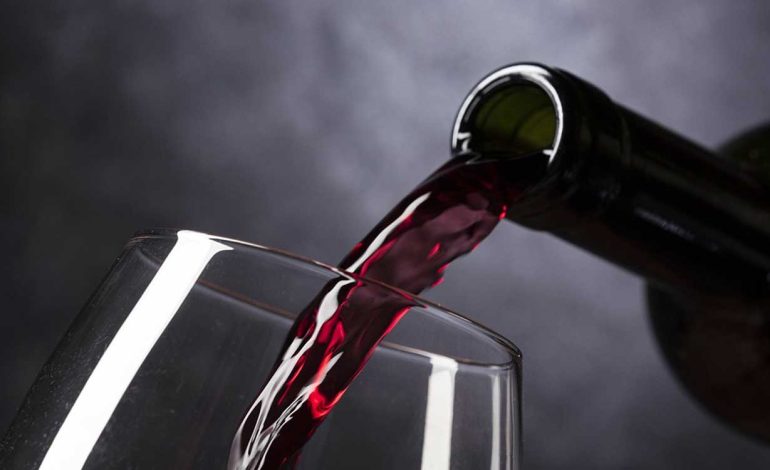It was the Dutch who built the first colony on the island in 1598 and they named it Mauritius after their ruler, Prince Maurice of Nassau. Soon after the island became a thriving trading port as ebony trees were felled and shipped to Europe. For the Dutch, it was an ideal stopover linking their colonies of the Cape of Good Hope and Batavia (Indonesia). They would stop in Mauritius and then descend to the 40th parallel to catch the winds of the Roaring Forties before sailing up to their destination. It was during that period that Abel Tasman, left Mauritius to initially sail along the same route but with instructions to keep sailing eastwards instead of going up.

This is how he discovered the mountain peaks of Tasmania without realising that mainland Australia lied beyond. He did go on to discover New Zealand though. It was during the Dutch reign that the Dodo, an ungainly flightless bird that lay its eggs on the ground, met its extinction, probably due to the fact that it laid its eggs on the ground which were decimated by the monkeys and rats that arrived with the cargo carried by the various ships. The Dutch eventually left the island and the French stepped into their shoes, in 1715. They renamed it Isle de France and set about turning it into a great colony that was to become a thorn in the sides of the British as their navy and corsairs engaged the mighty British Navy in raging battles for the control of trade with the Indies.
The French built a world class Botanical Garden, Pamplemousses that is still there to enjoy and admire today. It is also during that period that the novel Paul and Virginie was written, a romance partly based upon the true story of a tragic shipwreck. World renowned, it stayed on the bestseller list in Europe for several decades. Even today, people visit Mauritius looking for the original home of Paul and Virginie, unaware that the romantic couple were created from the imagination of author Bernardin de Saint Pierre. During the time of the French Revolution, the ruling elite of the island, being predominantly royalists, declared its independence from France. Trade with neutral countries such as America and Denmark was encouraged as was the commerce destroying and British blockade busting of the corsairs, which allowed the colony to survive. That lasted four years and in 1803. Napoleon, realising the strategic importance of the island, sent in a governor to take matters in hand. August 1810 was to enter the history books as the only naval battle win of the Napoleonic forces over the British: the Battle of Grand Port, which is inscribed on the Arc de Triomphe, in Paris. The ship “Le Revenant” belonging to the famous corsair, Robert Surcouf, was seized by the governor and took part in the battle under the name of “Victor”. The ship was rebuilt, to its actual size, in a heritage naval dockyard in the Historical Village of Old Grand Port and was launched at the end of 2006.
Three months later, the British arrived in force and took over the island, which led to a very auspicious era for Mauritius. The locals were allowed to preserve their French culture and even the Napoleonic legal code was maintained with British laws being grafted upon it. With the abolition of slavery, a new order was established and indentured labourers were brought in from India as the sugar industry sprouted up. A railway system was introduced and Mauritius (as it had been renamed), was the first British colony and the fifth country in the world to design, print and issue its own stamps. No wonder that, of the ten most valuable philatelic items in the world, six, including the most valuable “Bordeaux Cover”, are from Mauritius. Today, this is the only place where the most valuable stamps in the world: the unused One Penny orange red, and the Two Pence indigo, issued in 1847, can be seen side by side, at the Blue Penny Museum, in Port Louis. They were bought by a consortium of local companies for U$2.2 million in 1993. In 1812, the British also gave Mauritius the oldest Horse Racing club, the Mauritius Turf Club, in the Southern Hemisphere, and the second oldest in the world.


